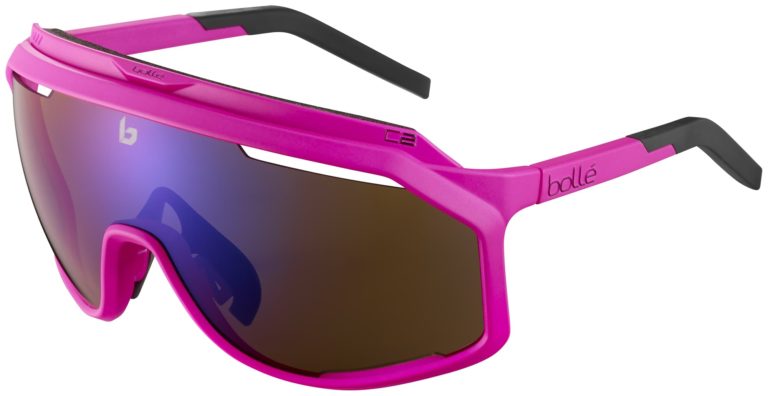
AR continues to evolve and take shape. Like other tech sectors, it has spawned several sub-sectors that comprise an ecosystem. These include industrial AR, consumer VR, and AR shopping. Existing alongside all of them – and overlapping to some degree – is AR marketing.
Among other things, AR marketing includes sponsored AR lenses that let consumers visualize products in their space. This field – including AR creation tools and ad placement – could grow from $2.78 billion last year to $9.85 billion by 2026 according to ARtillery Intelligence.
Factors propelling this growth include brand advertisers’ escalating affinity for, and recognition of, AR’s potential. More practically speaking, there’s a real business case. AR marketing campaigns continue to show strong performance metrics when compared with 2D benchmarks.
But how is this coming together? And what are best practices? These questions were tackled in a recent report by ARtillery Intelligence, containing narrative analysis, revenue projections, and campaign case studies. It joins our report excerpt series, with the latest below.
AR Marketing: Best Practices & Case Studies, Volume 2
Flip the Script
Picking up where we left off last week, we move on to Part II of our look at Bollé Brands’ AR marketing campaign. To recap last week’s examination, the eyewear brand used AR to help shoppers get a better feel for the high-contrast qualities of its performance eyewear.
This included typical AR try-on features, but it took that common approach to new levels. In addition to letting users see what the glasses look like on their faces, Bollé flipped the perspective. In other words, it let users see what it looks like to see the world through Bollé lenses.
By doing this, the company hit several marks, up and down the purchase funnel. Its first of three progressive campaigns achieved 2.45 million views for its organic Instagram Story. From there, it achieved 33,000 lens opens, 5,700 media captures, 860 saves, and 1,300 shares.
In its second campaign, Bollé expanded distribution to Google Swirl and other paid ads. Results include 19.27 million impressions, 155K clicks, and 99.8K engagements. Moreover, the campaign drove 85 percent more new users on Bolle.com and a 456 percent sales lift.
Finally, its third campaign for its Spy brand saw 18 million lens interactions in the first 30 days and a 314 percent sales boost. And for all of the above, there are second-order effects as AR’s novelty attracts press attention. Bollé achieved 167.6 million PR impressions from 156 articles.
But the question is what did Bollé learn from this experience? What are transferrable lessons for other marketers that are developing their own AR playbooks? Bollé learned several key tactics as its knowledge base built over the multi-campaign arc, which it broke down for us recently.
“We are all about optimizing and just getting better,” said Chris Abbruzzese, VP of Trade Marketing with Bollé. “Even after our seventh campaign, we’re still learning and applying those lessons to deliver an even bigger mind-blowing experience.”
Case Study: Bolle Boosts Brand Image with AR
Lessons & Learnings
Jumping right into the top lessons from Bolle’s AR marketing work, here are the key takeaways:
Native Fit: AR was a natural vessel for Bollé’s objective of emulating the high-contrast “augmentation” that its product achieves. The lesson: use AR when it makes sense (it’s not a silver bullet). When it applies, lean into its unique capabilities, such as 3D visualization.
Muscle Memory: Tactical competency can be gained over several campaigns. Don’t treat AR as a one-off marketing stunt. Results improve with every campaign, while costs fall as upfront costs (e.g., 3D models, learning curve) are amortized over several cycles.
Range of Motion: When done right, AR can achieve a range of brand objectives. Its immersive qualities have experiential value for brand building, while also qualifying buying decisions for in-market shoppers. Utilize either or both as they fit campaign objectives.
Creative Capacity: The smartphone era advanced ad tech and analytics but at the cost of creative. Marketers have been confined to tiny boxes. AR returns creative capacity to the ad world by offering dimension and elbow room to think and operate outside the box (literally).
Put Your Body Into It: AR is coupled with enabling technologies like camera-based computer vision (to scan spaces before overlaying graphics). This can be utilized for additional interactivity, such as Bollé’s “activation-event” facial gestures noted last week.
Activation Energy: AR isn’t yet proven enough to get users to work for it. Reduce AR “activation energy” by onboarding users in frictionless ways. This can piggyback on familiar prompts and brand-owned media such as QR codes on packaging or retail signage.
Own the User: One challenge in brand marketing has always been a loss of control in the last mile. After all the dollars spent on brand equity, the consumer touchpoint is an “assisted sale” through underpaid retail associates. AR re-inserts brands at key decision points.
Shoppability: In addition to gaining control at the point of sale, the point itself is shifting. Partly Covid-driven, everything is becoming shoppable – from YouTube videos to Instagram Stories. That shoppability trend is on a collision course with AR-assisted commerce. Be there upon impact.
Continuing Education: Bollé is driven to evolve its AR performance, including activation and conversion rates. Be thirsty for knowledge in evolving with AR. The playbook is still being written. Help write it and gain a knowledge edge for the next era of brand marketing.
We’ll pause there and circle back next week with another AR marketing case study. Meanwhile, see the full report here…

